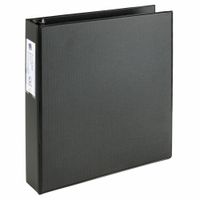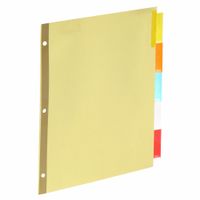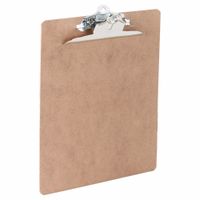Binders are typically made from a variety of materials depending on their intended use and the industry they serve. In the context of office supplies, binders are often made from:
1. **Polypropylene**: A type of plastic that is durable, flexible, and resistant to moisture. It is commonly used for the covers of binders, providing a smooth, wipeable surface.
2. **Vinyl**: Another plastic material, vinyl is often used for binders due to its durability and ability to be easily printed on. It provides a glossy finish and is often used for more premium binders.
3. **Cardboard**: The core of many binders is made from cardboard, which provides structure and rigidity. This is often sandwiched between layers of plastic or vinyl.
4. **Metal**: The rings and mechanisms inside binders are typically made from metal, such as steel, for strength and durability. These components are often nickel-plated to prevent rust and ensure smooth operation.
5. **Fabric**: Some binders, especially those designed for aesthetic appeal or specific uses, may be covered in fabric. This can include cotton, polyester, or other textiles, often with padding for a softer feel.
In other industries, such as construction or manufacturing, binders can refer to substances used to hold materials together. These can include:
1. **Cement**: Used in construction, cement acts as a binder in concrete, holding aggregates together.
2. **Resins**: In manufacturing, synthetic resins like epoxy or polyester are used as binders in composites and coatings.
3. **Clay**: In ceramics, clay acts as a binder to hold particles together before firing.
4. **Starch and Dextrins**: In the food industry, these are used as binders in products like sauces and processed foods.
Each type of binder material is chosen for its specific properties, such as strength, flexibility, or resistance to environmental factors, to suit its particular application.


